Arnaud Prost joins PANGAEA’s seventh edition as his first taste of astronaut training. He was selected as a member of the ESA astronaut reserve in November 2022 from a pool of 22 500 applicants across Europe.
We spoke to him during the second week of the training in the Ries impact crater in Germany. His immersion in the course is total, without respite. “We have trained in places visited by the Apollo crews before their Moon missions. It is a huge privilege to be part of a training that brings together so much knowledge, operational and hands-on experience,” he says.
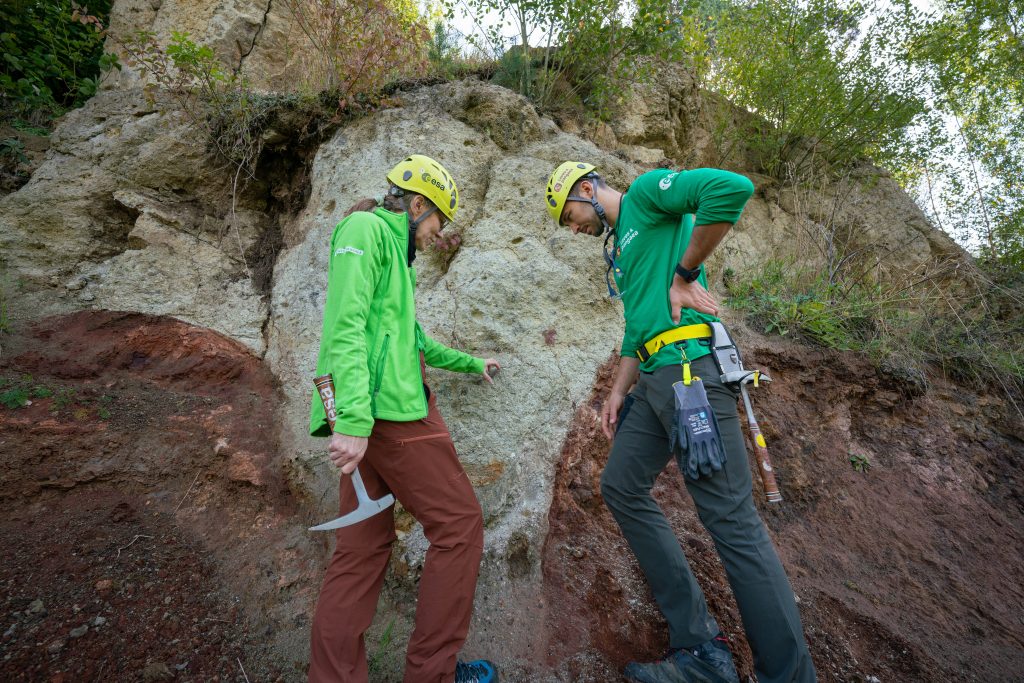
Arnaud Prost’s space journey
The question that seems the simplest is the one he ponders the longest – why space?
“It is one of the most difficult questions for me to answer. As far back as I can remember, I’ve been drawn to space. I think my passion began as a series of simple things, like building cardboard rockets with my sisters and looking at the stars with my first binoculars at a very early age,” he explains.
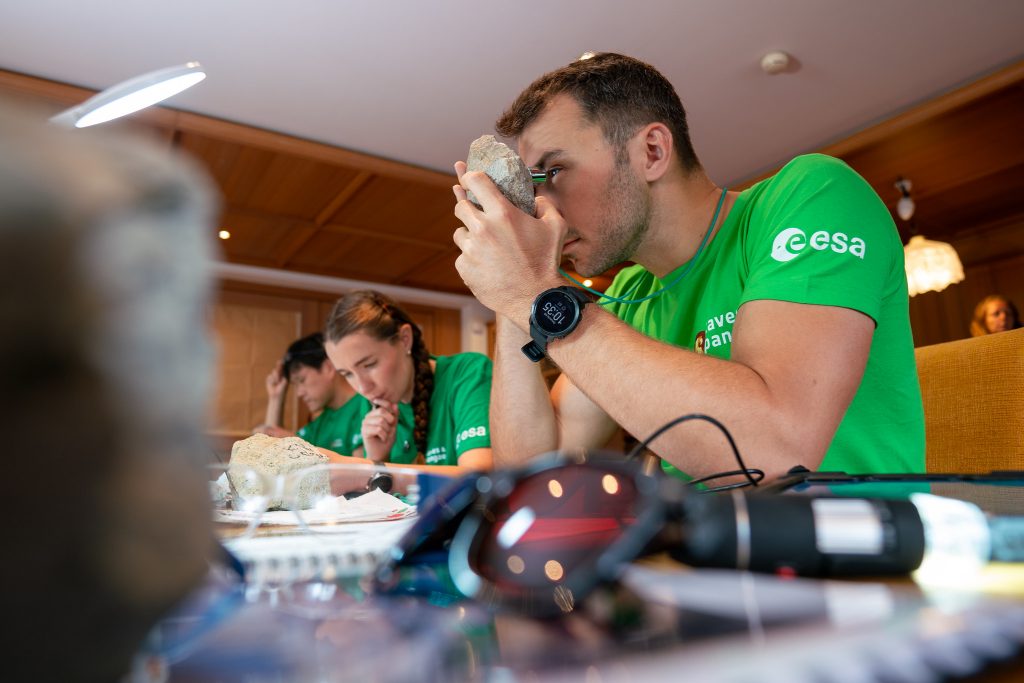
Arnaud kept the space enthusiasm alive from childhood throughout his career as a scientist, engineer, and pilot. Space remained an objective in the background, until now.
The scientist
Arnaud has a master’s degree in astrophysics, space sciences and planetology from Paul Sabatier University in Toulouse, France. He also graduated from Ecole Polytechnique in France as an engineer and contributed to large-scale simulations of the martian atmosphere to help select potential landing sites for the Perseverance rover during his end-of-study internship at NASA’s jet Propulsion Laboratory.
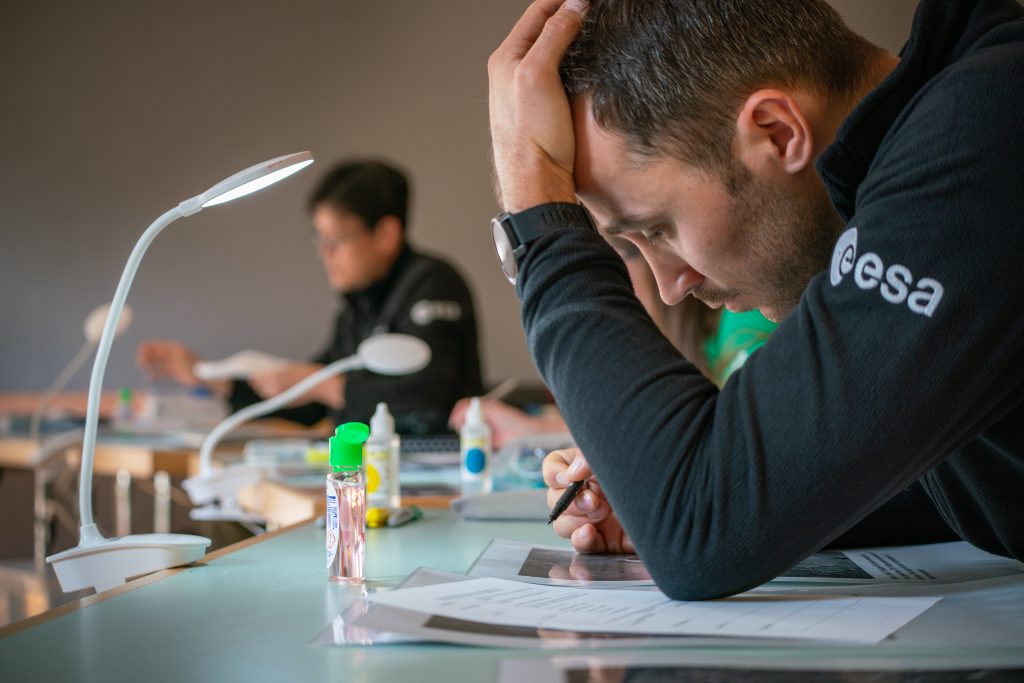
Geology is relatively new to him, but he resorts to his scientific reasoning during PANGAEA. “I am asking questions about the landscape in front of me, drawing conclusions and deducing the history behind it. We are learning to be cautious too because what we see at a first glance may lead to wrong assumptions,” he says.
For Arnaud, one of the privileges of PANGAEA is having top level scientists and worldwide experts at hand to satisfy the trainees’ curiosity. He is taking part in the course with ESA astronaut Rosemary Coogan andJapan’s space agency astronaut Norishige Kanai.
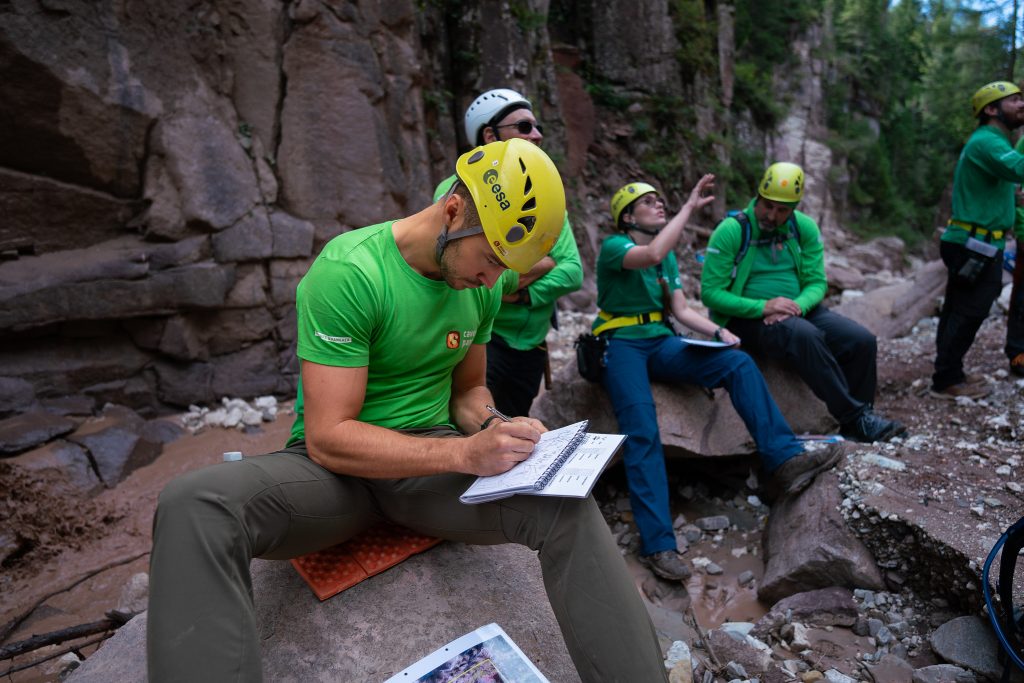
“I am the least experienced here because Norishige has already been to space and Rosemary has completed her basic training; it’s such an honour to learn from both of them. I hope that I am nevertheless bringing operational experience from my military and diving background to the team,” he adds.
Surprising timescales
Humans tend to measure life in terms of weeks, months and years. During the course, timescales stretched his perception to planetary lifespans. “It was revealing to realise that the surface of the Earth is actually very young on the geological scale. It also came as a surprise to discover how much information we can extract from what we see in the rocks,” he confesses.
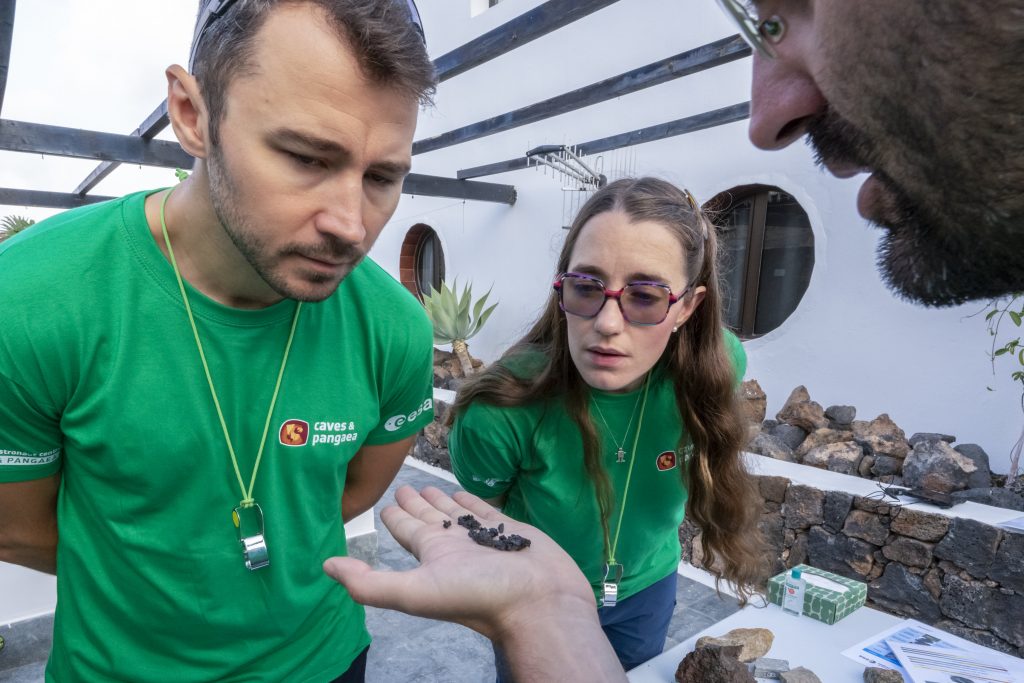
Arnaud is specially attracted to sedimentary rocks because of their potential to preserve evidence of past life, on Earth or Mars.
He is also immensely proud of the European expertise and leadership that establish PANGAEA as an international reference in geology training for astronauts.
“This is a priceless experience” he says as he rushes to his next geology lesson. “I’m extremely grateful for the training and I do think that we must keep it and develop it further as we aim at getting back to the Moon!”
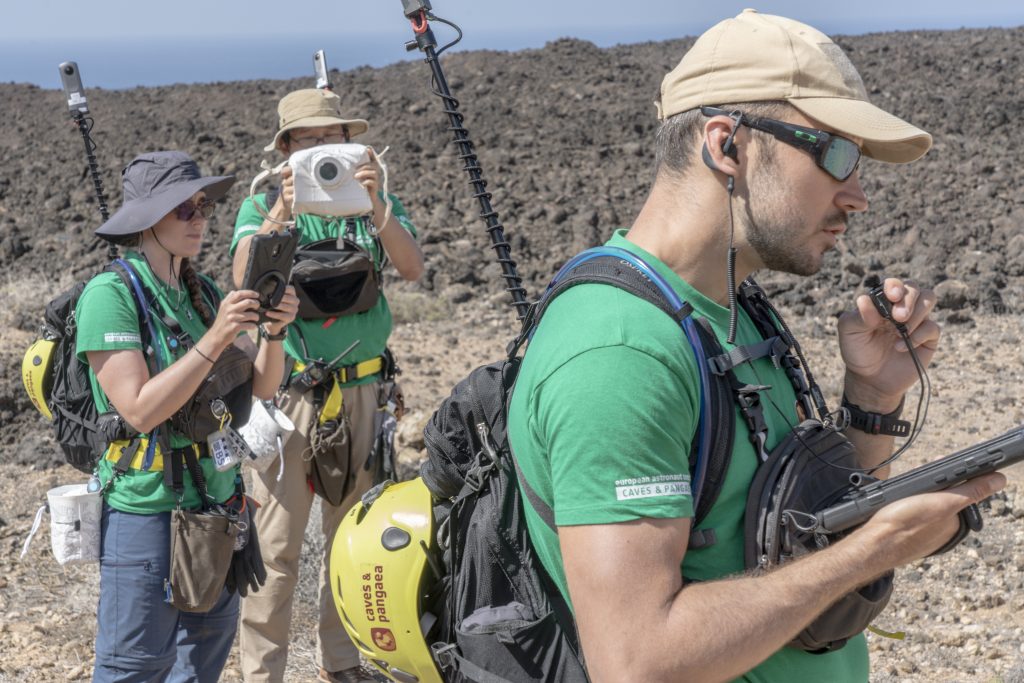

Discussion: no comments